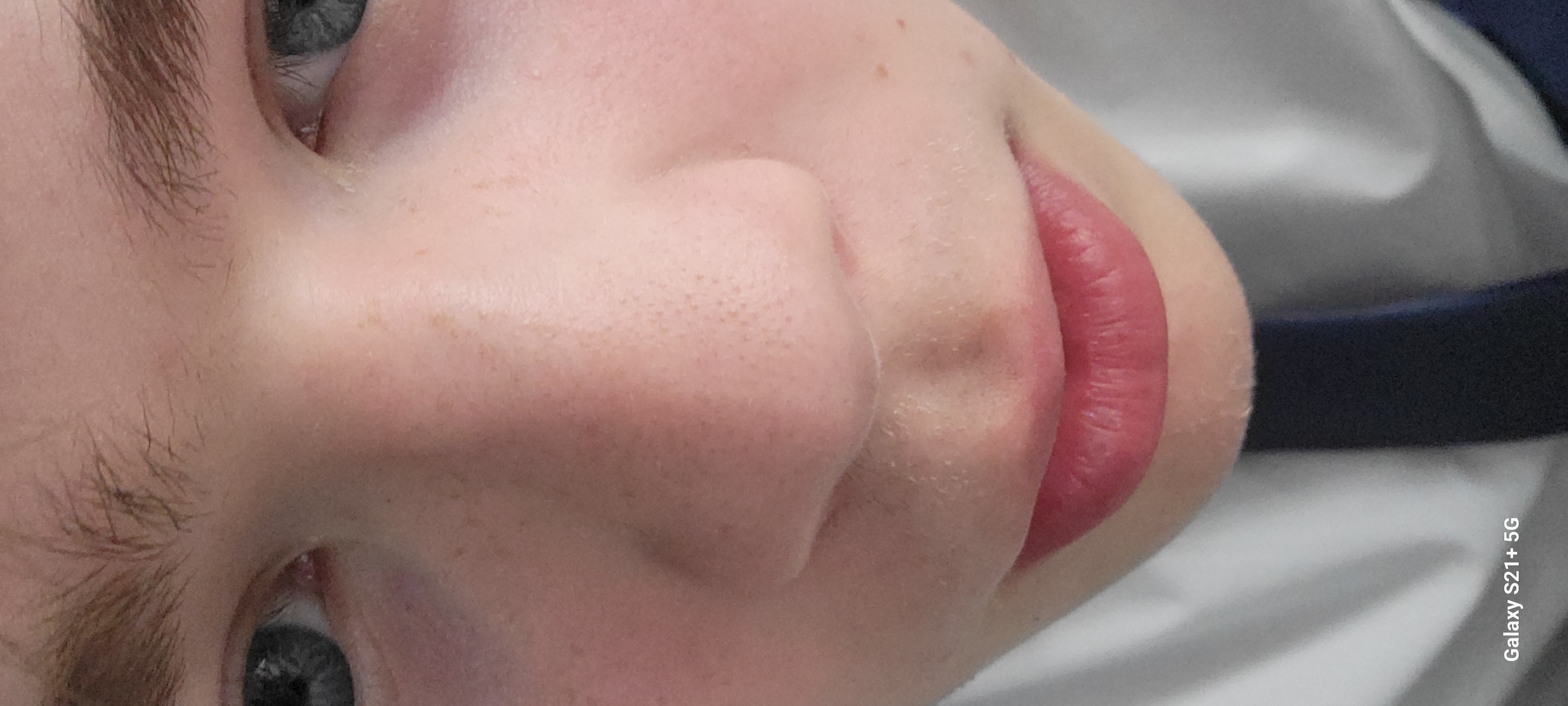Oxygen dissociation
Cards (9)
- What is the structure of haemoglobin?
- Can you explain the oxyhaemoglobin dissociation curve?
- What is cooperative binding?
- What is the bohr effect?
- What is oxygen affinity
- Can you explain the foetal oxyhaemoglobin curve?
- Can you explain the llama oxygaemoglobin curve?
- Can you explain the oxyhaemoglobin curve of a bird?
- Can you explain the oxyhaemoglobin curve of a worm?
